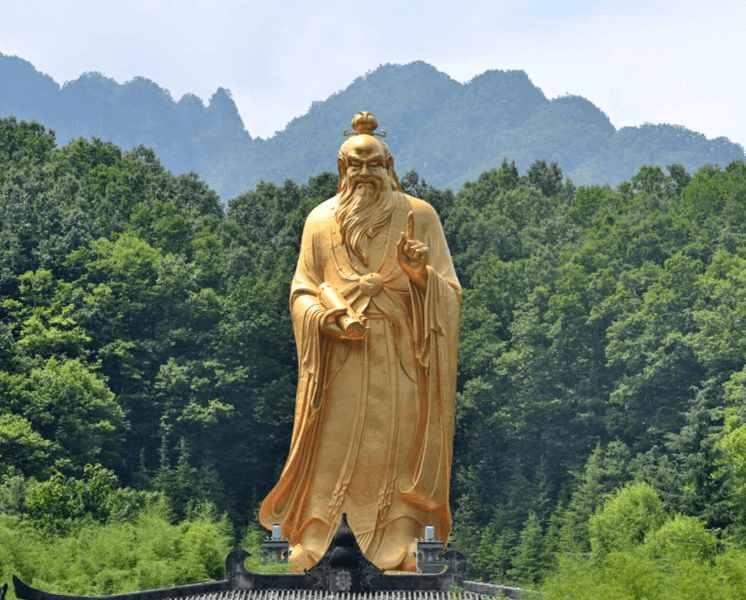The roots of Taoism stretch back over 2,500 years to ancient China. Its foundational text, the Tao Te Ching (pronounced “Dao De Jing”), was written by Lao Tzu, a sage whose wisdom laid the groundwork for generations of seekers. Lao Tzu’s work wasn’t about giving strict answers; instead, it offered poetic reflections on how to live a meaningful and peaceful life by following the Tao—the natural flow of the universe.
The word Tao means “the Way,” referring to the unnamable force that gives life to all things. It is neither a god nor a tangible entity but the ever-present energy that surrounds and connects everything. The Tao moves silently like the wind, flows endlessly like a river, and teaches us through observation of the natural world.
Around the same time, Zhuangzi (or Chuang Tzu), another great Taoist sage, expanded upon Lao Tzu’s teachings. His writings emphasized freedom, humor, and acceptance, often using stories and paradoxes to challenge the way people perceived reality.
From these humble beginnings, Taoism began to shape Chinese culture, influencing philosophy, art, medicine, and martial arts. While Confucianism emphasized order and duty, Taoism encouraged its followers to embrace spontaneity and simplicity—to “go with the flow.”
Over the centuries, Taoism grew into more than a philosophy—it became a spiritual tradition. Temples were built, rituals were developed, and Taoist monks began seeking ways to cultivate internal harmony through meditation, breathwork, and mindful movement.
One of Taoism’s most enduring practices is meditation, which allows practitioners to align themselves with the Tao. Rather than striving to control thoughts or achieve enlightenment, Taoist meditation is about stillness, observation, and flowing effortlessly with life’s changes. In this stillness, the mind settles, the body softens, and the connection to the Tao becomes clearer.
Tai Chi and Qigong, two gentle forms of movement meditation, also emerged from Taoist thought. These practices use slow, flowing motions to balance energy (or qi) within the body, strengthen the mind-body connection, and promote overall health.
Taoism also influenced traditional Chinese medicine, which views illness as an imbalance in the body’s energy. Practices such as acupuncture, herbal medicine, and energy cultivation all trace their roots to Taoist principles of harmony and flow.
In today’s fast-paced and demanding world, the teachings of Taoism offer a powerful antidote. At its core, Taoism reminds us that life isn’t meant to be a constant battle. By letting go of resistance, attachments, and expectations, we can find peace, purpose, and strength in even the simplest moments.
Taoism teaches the art of wu wei, often translated as “non-action” or “effortless action.” This doesn’t mean doing nothing—it means acting in alignment with the natural flow of life rather than forcing outcomes. Think of a river flowing around rocks: it doesn’t stop or fight but adapts and keeps moving forward.
In modern times, Taoist principles are practiced through:
For men and women alike, Taoism offers a practical philosophy for handling life’s pressures. Whether it’s learning to let go of stress, embracing patience, or finding joy in life’s simple moments, the Tao guides us toward a healthier and more centered way of living.
Taoist meditation, in all its forms, has tangible benefits that improve both mind and body:
Through meditation, Taoism becomes more than an idea—it becomes an experience. It offers a path for anyone seeking to reconnect with themselves, find meaning, and move through life with greater balance and ease.

Life is a series of natural and spontaneous changes. Don't resist them - that only creates sorrow. Let reality be reality. Let things flow naturally forward in whatever way they like.